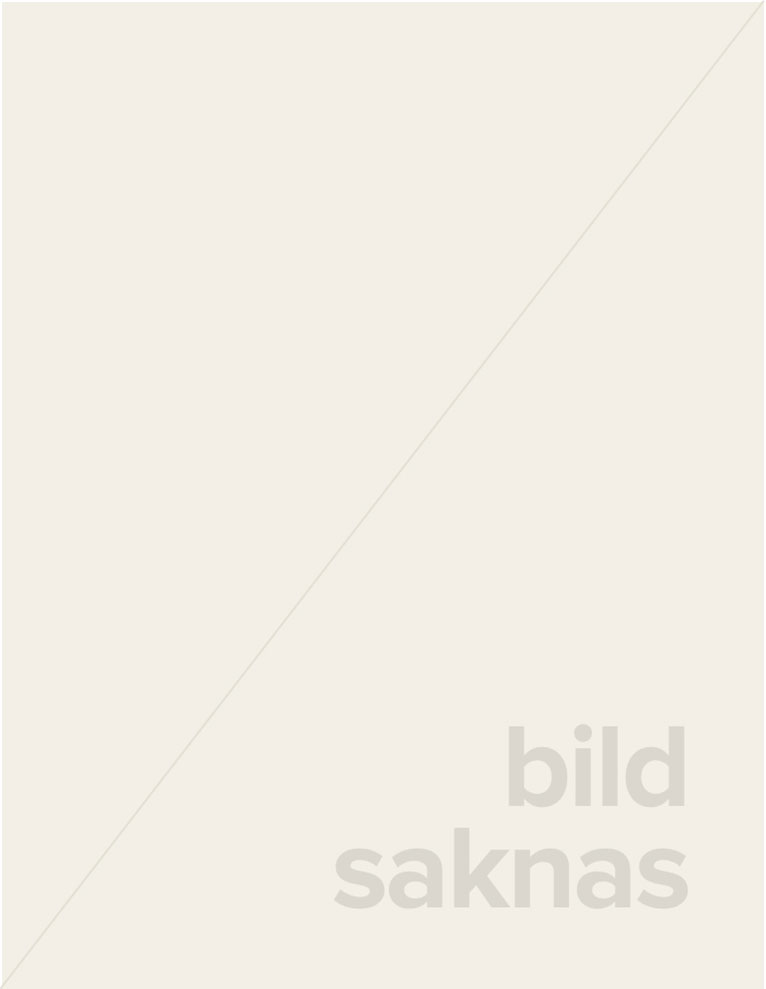Kommande

Historia
Pocket
Oil Lamps in the Holy Land during the Early and Later Islamic Periods (7th-16th/17th CE)
Varda Sussman
1199:-
This volume is the last in a comprehensive catalogue of oil lamps in the collection of the Israel Antiquities Authority. It considers the final stage of development in the shaping and decoration of pottery lamps, drawing from earlier forms to gradually become distinct lamps in their own right while retaining characteristics of their forerunners. The change of shape from a saucer to a small closed lamp was subject to both western and eastern influences and guided the local workshops for the next thousand years. The lamps of the Islamic period clearly demonstrate this continuity, incorporating the ethnic and cultural changes among Jews, Samaritans, Christians, and Muslims in the Holy Land. This is readily discernible in the Islamic period, when lamp production throughout the country became 'culturally' unified, as expressed by the general avoidance of depicting ethnic symbols. The lamps from the Islamic period are easily recognizable by their linear style of decoration (no relief, the avoidance of figural art). The acceptance of the shape of these lamps and their division into sections with a central pattern (the decorated 'channel') - suggested here as a Christian means of perceiving the lamp and its light as a divine vessel - was now further adapted through the pattern along the center of the 'nozzle' under the wick hole, rendering the torch from which the flame/light emanated (or the shrine and hanging lamp (the wick hole) beneath the lamp's vault) as an integral part of the pattern resting on the filling hole.
- Format: Pocket/Paperback
- ISBN: 9781803279114
- Språk: Engelska
- Antal sidor: 398
- Utgivningsdatum: 2025-07-31
- Förlag: Archaeopress

